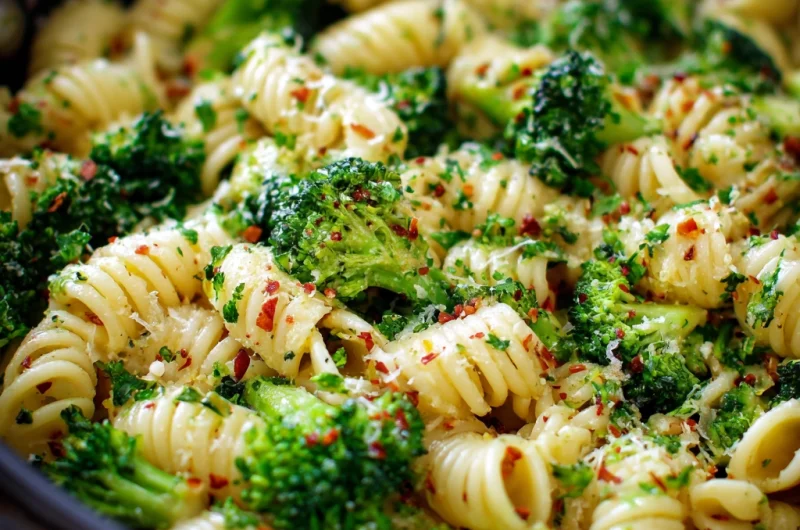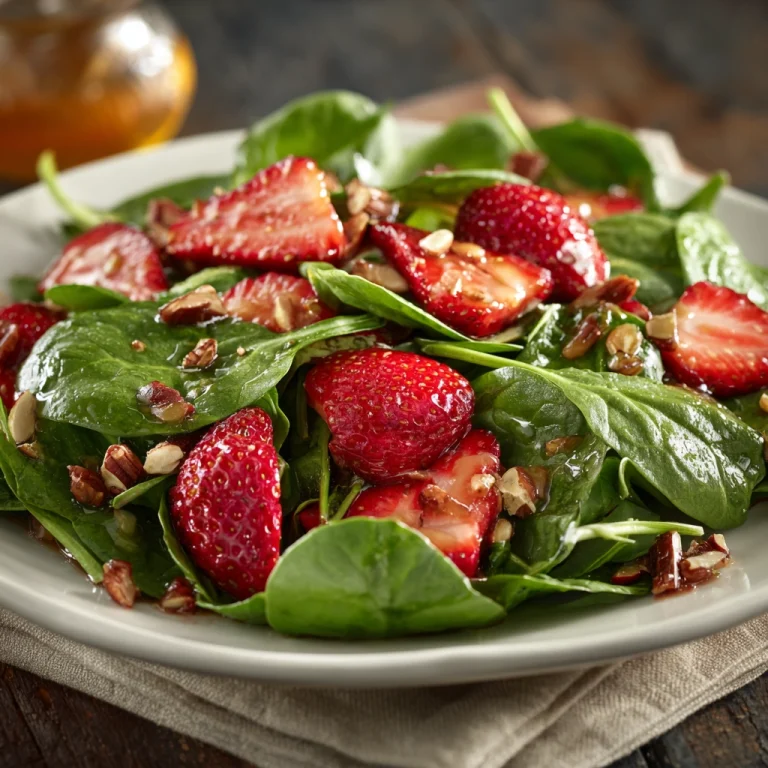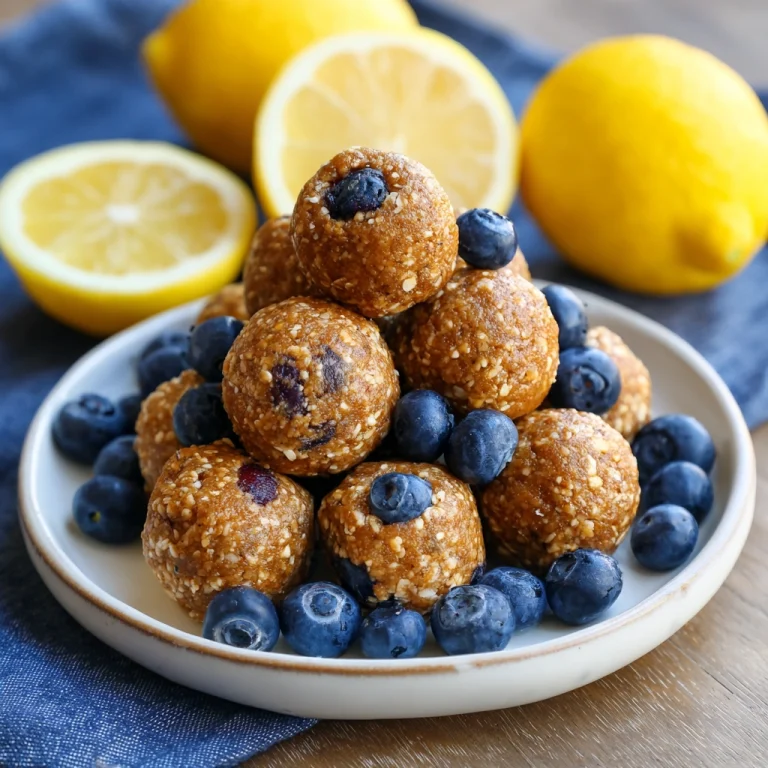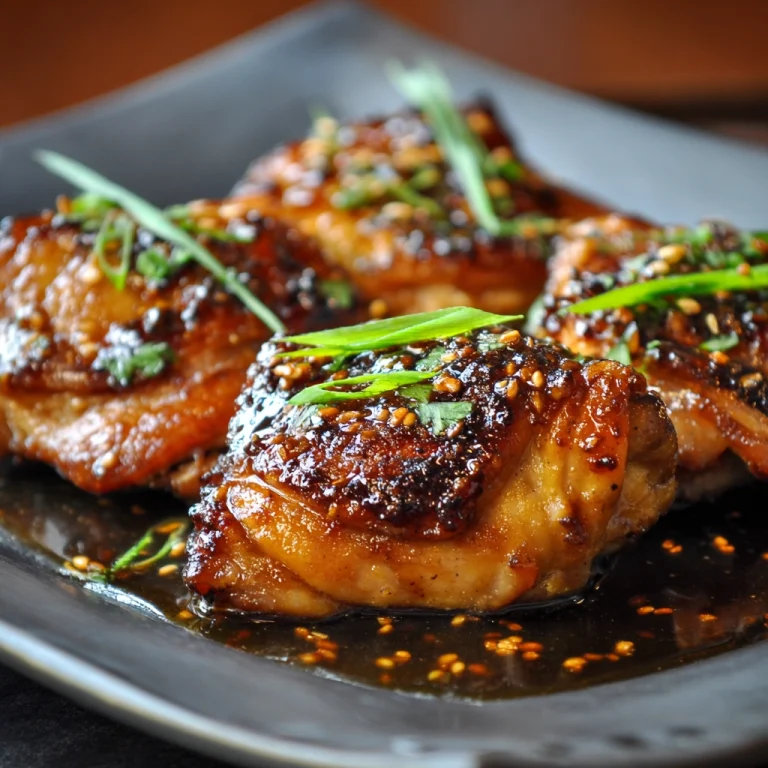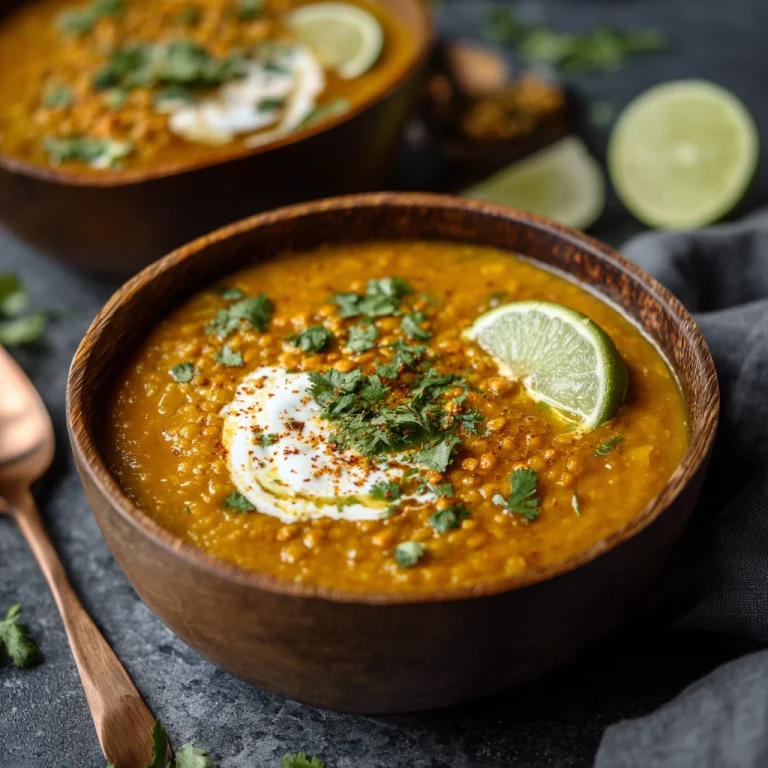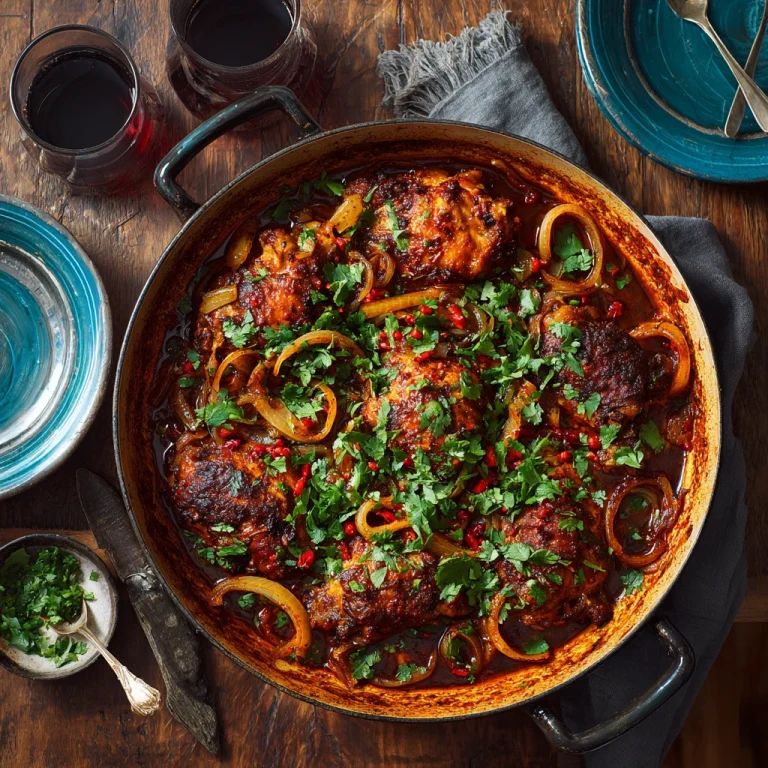Italian Broccoli Pasta: A Simple Yet Flavorful Classic
Italian cooking has a magical way of transforming humble ingredients into meals that feel both comforting and refined. Italian broccoli pasta is the perfect example of this. With just pasta, fresh broccoli, garlic, olive oil, and a sprinkle of Parmesan, you can prepare a dish that tastes like it came straight from a rustic Italian kitchen.
What makes this recipe so special isn’t complicated techniques or a long ingredient list—it’s the simplicity. The broccoli isn’t just a side vegetable; it melts into the pasta, creating a light, creamy texture without any heavy sauces. Combined with garlic-infused olive oil, a touch of chili flakes, and the nuttiness of Parmesan, every forkful is bursting with flavor.
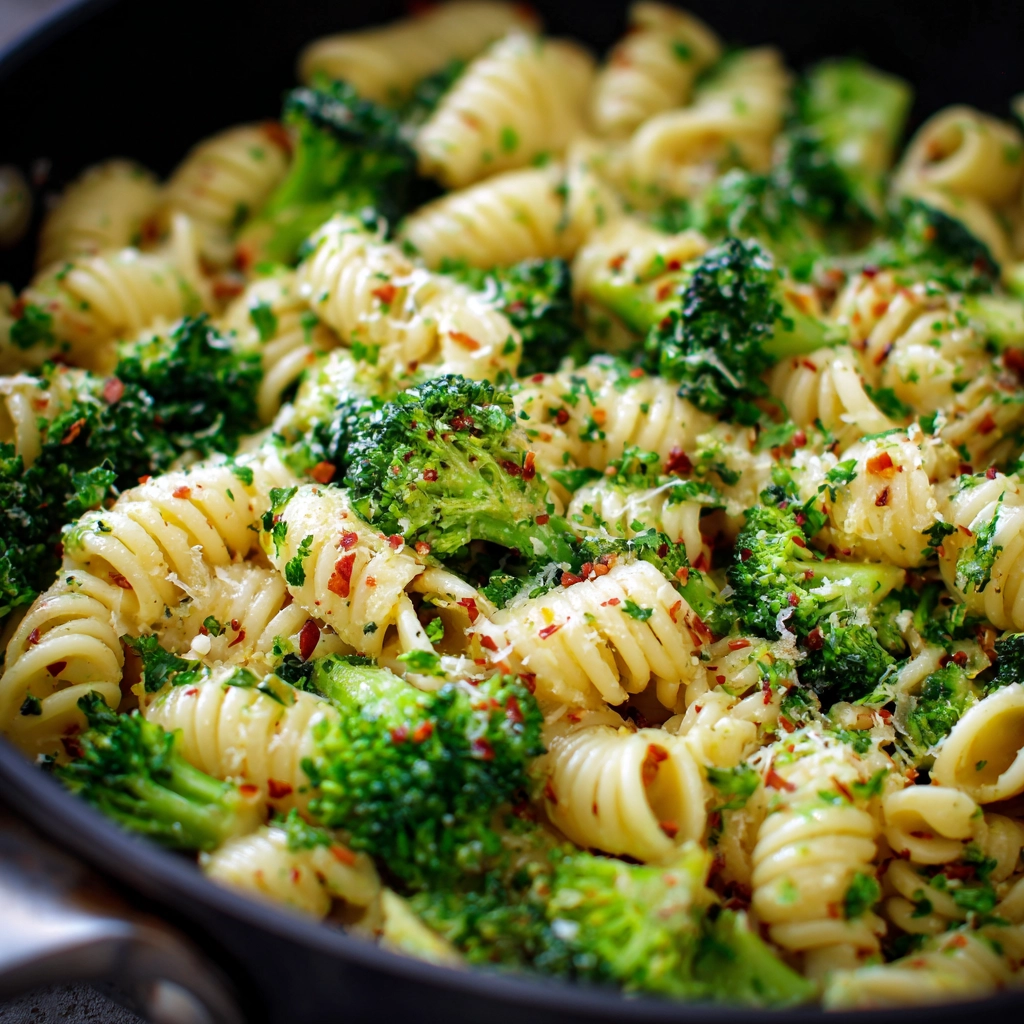
Ingredients Needed
Here’s what you’ll need to make authentic Italian broccoli pasta, along with approximate calorie counts:
| Ingredient | Amount | Calories (approx.) |
|---|---|---|
| Pasta (spaghetti or penne) | 12 oz (340 g) | 1,260 |
| Fresh broccoli florets | 4 cups (about 300 g) | 100 |
| Extra virgin olive oil | 3 tbsp | 360 |
| Garlic cloves, minced | 4 | 20 |
| Red chili flakes | ½ tsp (optional) | 3 |
| Parmesan cheese, grated | ½ cup | 210 |
| Salt | To taste | Negligible |
| Black pepper | To taste | Negligible |
Step-by-Step Cooking Instructions
- Prepare the Pasta Water
- Fill a large pot with water, season generously with salt, and bring to a boil. This will flavor both the pasta and broccoli.
- Cook the Broccoli
- Add the broccoli florets to the boiling water and cook for 4–5 minutes until tender but still bright green. Use a slotted spoon to remove the broccoli and set aside, keeping the water for the pasta.
- Cook the Pasta
- In the same water, add pasta and cook until al dente according to package instructions. Reserve 1 cup of pasta water before draining.
- Sauté Garlic and Chili
- While pasta cooks, heat olive oil in a large skillet over medium heat. Add garlic and sauté until fragrant and golden. Stir in red chili flakes if using.
- Combine Pasta and Broccoli
- Add the cooked broccoli to the skillet, breaking it down slightly with a spoon so it blends with the oil and garlic. Add the drained pasta along with a splash of reserved pasta water to create a light sauce. Toss everything together until well coated.
- Finish with Cheese and Seasoning
- Sprinkle with Parmesan cheese, season with salt and black pepper, and toss again. Adjust consistency with more pasta water if needed.
- Serve
- Plate the pasta, drizzle with a touch of extra olive oil, and finish with more Parmesan if desired.
Tips for Customizing the Recipe
- Add Protein: Mix in grilled chicken, shrimp, or Italian sausage for extra heartiness.
- Make It Vegan: Skip the Parmesan and use nutritional yeast or vegan Parmesan.
- Extra Greens: Add spinach or kale along with the broccoli for a nutrient boost.
- Creamier Version: Stir in a spoonful of ricotta or mascarpone cheese for extra richness.
- Crunch Factor: Top with toasted breadcrumbs or pine nuts for texture.
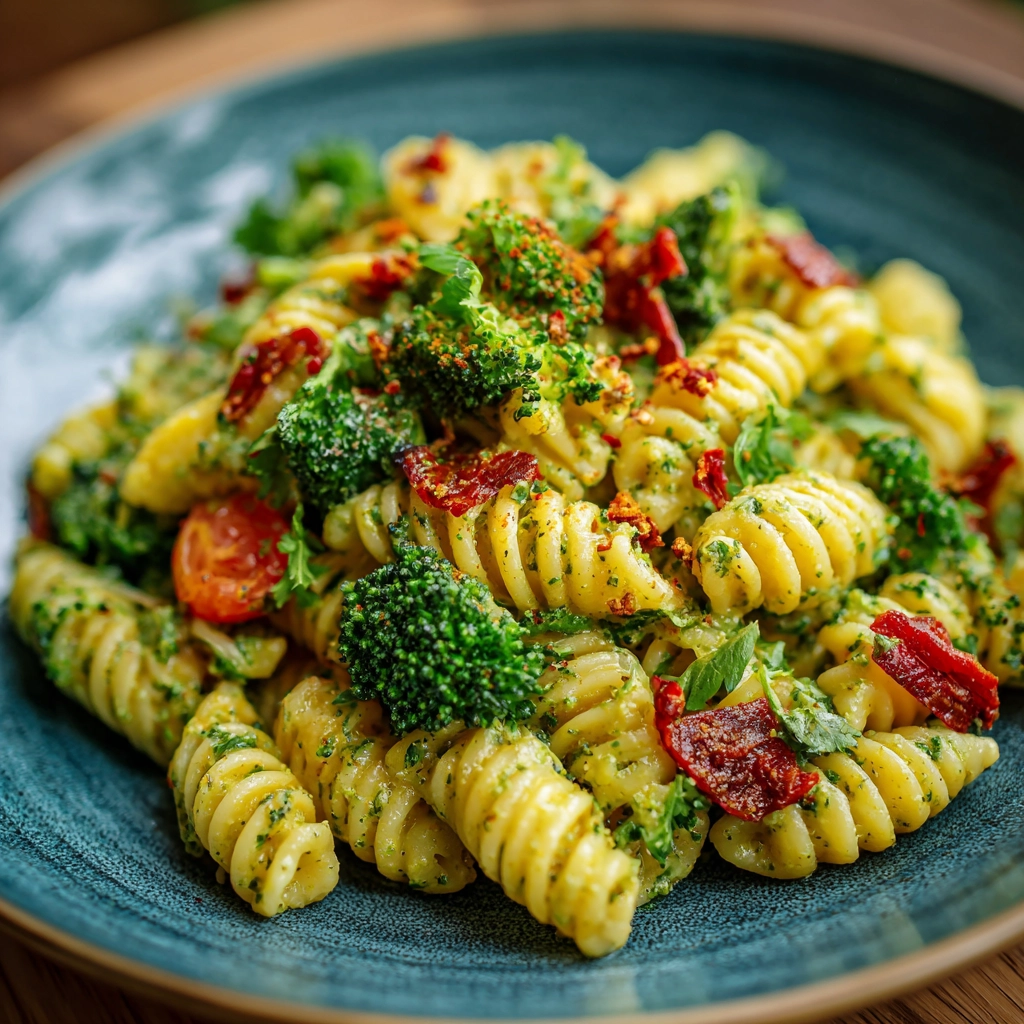
Nutritional Information (Per Serving, approx.)
| Nutrient | Amount |
|---|---|
| Calories | ~490 |
| Protein | 17g |
| Carbohydrates | 60g |
| Fat | 19g |
| Fiber | 5g |
| Sodium | ~280mg |
Serving Suggestions
- Pair with a fresh green salad and a glass of chilled white wine for a balanced meal.
- Serve alongside crusty garlic bread to soak up every last bit of garlicky olive oil.
- Enjoy it as a side dish with roasted chicken, grilled fish, or baked eggplant Parmesan.
- For a full Italian-style dinner, serve with antipasto and finish with tiramisu for dessert.
Italian Broccoli Pasta: A Simple Yet Flavorful Classic
4
servings10
minutes20
minutes490
kcalIngredients
12 oz (340 g) pasta (spaghetti, penne, or orecchiette)
4 cups fresh broccoli florets (about 300 g)
3 tbsp extra virgin olive oil
4 garlic cloves, minced
½ tsp red chili flakes (optional)
½ cup grated Parmesan cheese
Salt, to taste
Black pepper, to taste
Directions
- Bring a large pot of salted water to a boil.
- Add broccoli florets and cook for 4–5 minutes until tender. Remove broccoli with a slotted spoon and set aside.
- In the same pot, cook pasta until al dente. Reserve 1 cup of pasta water, then drain.
- Meanwhile, heat olive oil in a skillet over medium heat. Add garlic and sauté until golden. Stir in chili flakes if using.
- Add the cooked broccoli to the skillet, lightly mashing it with a spoon to blend with the garlic oil.
- Toss in the pasta, adding reserved pasta water gradually to create a light sauce.
- Mix in Parmesan cheese, season with salt and black pepper, and toss well.
- Serve hot, drizzled with extra olive oil and more Parmesan if desired.
Recipe Video
Notes
- Broccoli Texture: For a creamier sauce, mash more of the broccoli into the pasta. For a chunkier bite, leave florets whole.
Pasta Water Tip: Always reserve some starchy pasta water—it helps the sauce cling to the pasta and keeps it silky.
FAQs
1. Can I use frozen broccoli for Italian broccoli pasta?
Yes, frozen broccoli works well. Simply add it directly to the boiling pasta water a few minutes before the pasta finishes cooking.
2. What pasta shape works best with broccoli pasta?
Short pasta like penne, rigatoni, or orecchiette holds the sauce nicely, but spaghetti or linguine also work well. It’s a matter of preference.
3. How can I make broccoli pasta more filling?
You can add grilled chicken, shrimp, or Italian sausage. For a vegetarian protein boost, add chickpeas or cannellini beans.
4. Can I make this recipe vegan?
Yes. Replace Parmesan with nutritional yeast or vegan Parmesan, and use olive oil instead of butter for finishing.
5. How do I keep the pasta from drying out?
Reserve some pasta water before draining. Adding a splash when mixing the pasta with broccoli and garlic helps create a silky, light sauce.
Conclusion
Italian broccoli pasta is proof that simple ingredients can make the most memorable meals. With the sweetness of broccoli, the bold flavor of garlic, and the richness of olive oil and Parmesan, this dish captures the essence of rustic Italian cooking. It’s quick, healthy, and versatile—perfect for weeknights yet elegant enough for guests. Once you try it, you’ll understand why it’s a staple in so many Italian households.

